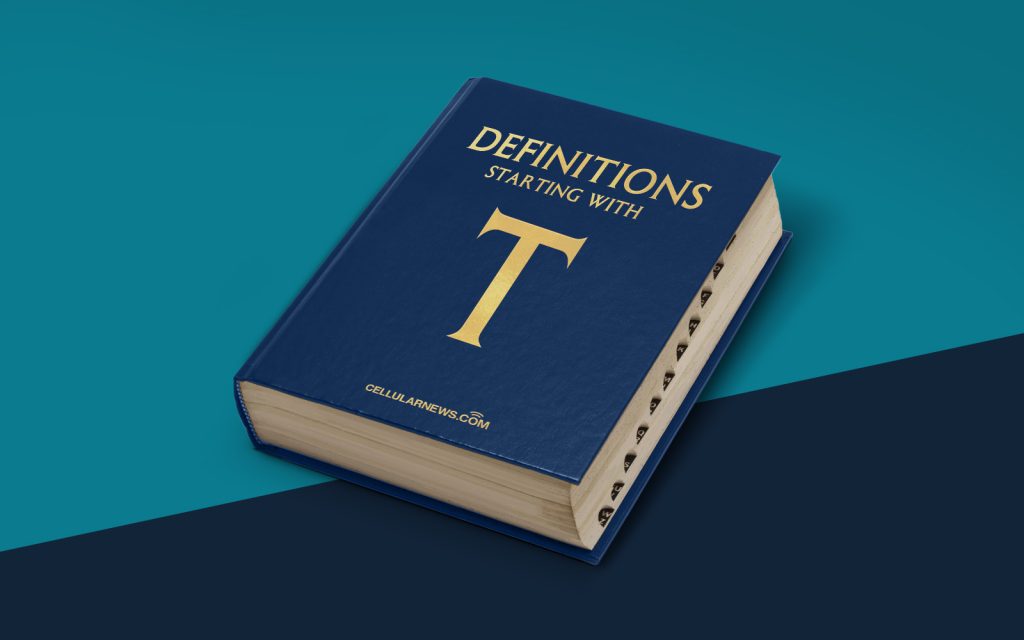
Defining Ternary Content-Addressable Memory (TCAM)
Have you ever wondered how computers store and retrieve data so quickly? One important component that aids in this process is Ternary Content-Addressable Memory (TCAM). TCAM is a specialized type of computer memory that allows for fast and efficient search operations. But what exactly is TCAM and how does it work? Let’s dive in and find out.
Key Takeaways
- TCAM is a type of computer memory designed for fast and efficient search operations.
- TCAM allows for comparison of data elements in parallel, resulting in rapid searching and decision-making capabilities.
Understanding TCAM
Ternary Content-Addressable Memory (TCAM) is a type of computer memory that stores and retrieves data in a unique way. Unlike traditional memories that are based on the binary system (0s and 1s), TCAM operates on three possible states: 0, 1, or “don’t care.” This “don’t care” state makes TCAM distinctive and highly efficient for certain types of search operations.
In TCAM, each memory cell is divided into three subcells: Data, Mask, and Tag. The Data subcell stores the actual data value, the Mask subcell indicates which bits in the Data subcell are significant, and the Tag subcell stores an identifier for the data entry. This structure allows TCAM to perform fast and parallel comparisons for searching, making it ideal for applications that require rapid decision-making based on specific patterns or conditions.
When a search operation is performed on TCAM, the search input is compared simultaneously against all stored data entries. The “don’t care” state in TCAM allows for flexibility in matching patterns, as it can match any value (0 or 1). This parallel and flexible search capability makes TCAM highly valuable in various industries and applications, including computer networking, firewall systems, and database management.
The Advantages of TCAM
So, why is TCAM so important and widely used in certain applications? Here are some of the key advantages of TCAM:
- Fast Search Operations: TCAM can search large amounts of data in parallel, enabling rapid decision-making based on specific patterns. This is crucial in applications where high-speed search capabilities are essential, such as routing tables in network switches.
- Flexible Matching: The “don’t care” state in TCAM allows flexibility in matching patterns, which can be incredibly useful in applications that require complex matching rules.
In conclusion, Ternary Content-Addressable Memory (TCAM) is a specialized type of computer memory that offers fast and efficient search operations. By allowing for parallel and flexible comparisons, TCAM enables rapid decision-making based on specific patterns and conditions. Its unique features make it a valuable tool in various industries and applications that require quick and accurate data retrieval. So next time you marvel at computers’ lightning-fast processing speeds, remember that TCAM might just be playing a vital role in making it possible.
